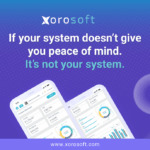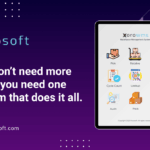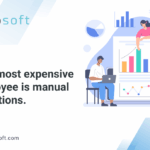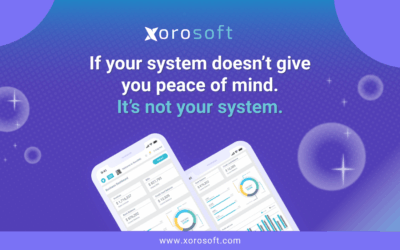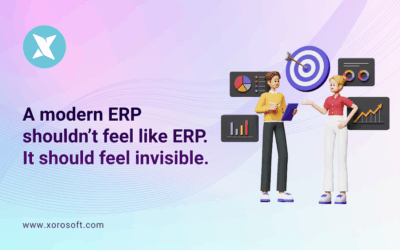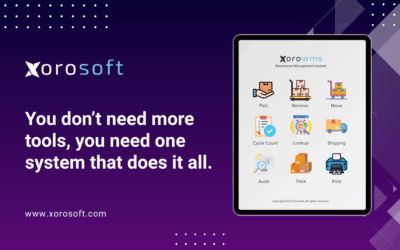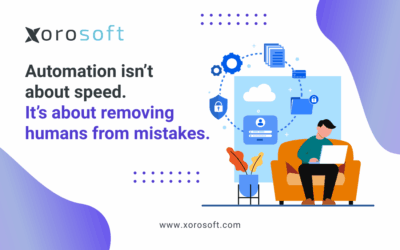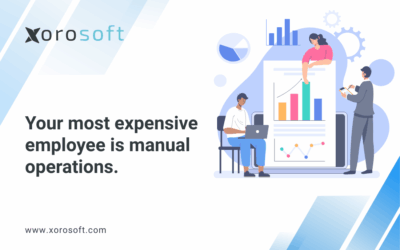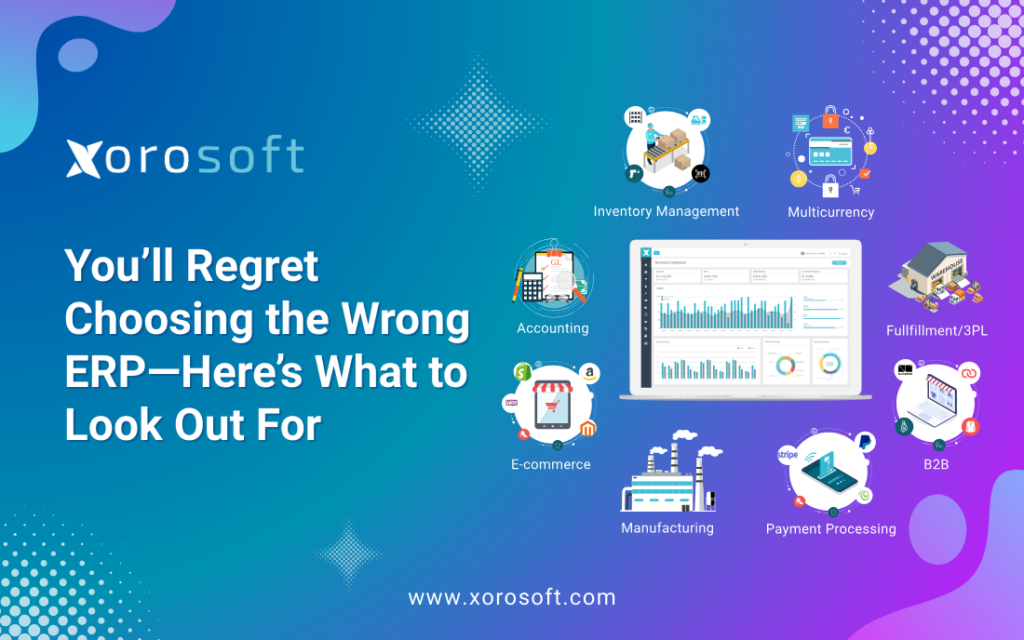
Growth Feels Good—Until Systems Start Breaking
Scaling should be exciting. New customers roll in, sales increase, and expansion finally feels possible. Yet behind the scenes, cracks start showing. Choose the wrong ERP system at this stage, and growth can quickly turn into chaos. Orders slip, reports don’t match, and accounting drags on for weeks.
At first, these problems look like small fires your team can manage. However, as growth accelerates, those fires turn into full-blown chaos. Leaders often believe the answer is implementing an ERP. That part is true. But here’s the catch: choosing the wrong ERP system won’t solve the problem. It can actually magnify it.
The danger isn’t obvious right away. In fact, six months later many leaders realize the system is clunky, their team avoids it, and they’ve invested thousands into something that doesn’t fit.
Why Businesses Keep Choosing the Wrong ERP System
So, why do smart businesses keep ending up with the wrong ERP? The reason is simple: most ERP vendors are selling promises instead of solutions.
On paper, every ERP looks like it can “do everything.” The demos look polished, and the feature lists feel endless. But once you peel back the surface, the flaws start to show:
-
Disjointed add-ons → Many ERPs treat warehouse management or e-commerce as afterthoughts. They tack them on instead of building them into the system, which creates integration headaches.
-
Endless deployments → Old-school ERP rollouts can take a year or more. By the time you go live, your business needs have already shifted.
-
Confusing user experience → If the system feels difficult, employees won’t use it. Instead, they’ll default back to spreadsheets, side apps, or manual notes—undoing the whole purpose.
-
Hidden costs → Vendors keep piling on fees for integrations, upgrades, and “support,” driving the total cost of ownership far beyond your budget.
At the end of the day, companies want clarity and efficiency but end up locked into a system that slows them down.
The Real Issue Behind ERP Failures
The real problem isn’t that businesses are bad at picking software. The real problem is that most ERPs are stuck in the past.
Vendors built legacy ERPs for another era—before e-commerce reshaped customer expectations, before multi-channel operations, and before global supply chains needed instant visibility. These systems are rigid, while modern businesses are flexible.
Because they weren’t designed cloud-native, they move slowly. Real-time inventory updates lag. Shopify or Amazon integrations feel fragile. Financial visibility across multiple locations becomes unnecessarily complicated.
Growth happens in real time, and your ERP must keep pace with that speed instead of holding it back.
What a Modern ERP Should Deliver
Thankfully, businesses aren’t limited to outdated options anymore. The new wave of ERP systems look and feel very different. When evaluating solutions, here are the signs that you’ve found one built for modern growth:
-
Cloud-native architecture: Deployments happen in weeks, not years. Updates roll out automatically, without IT headaches.
-
A built-in WMS: Warehouse management shouldn’t be a clunky add-on. It should be seamlessly integrated.
-
True real-time visibility: Inventory, orders, and financial data update instantly across every location.
-
Native e-commerce connectors: Shopify, Amazon, EDI, and 3PLs connect without fragile middleware.
-
Scalable foundation: Support for multi-currency, multi-location, and multi-channel ensures your ERP grows with you.
-
Ease of use: If your team can’t adopt it quickly, the system will fail—no matter how powerful it looks on paper.
When a platform checks all these boxes, it shifts from being just a “tool” to becoming the backbone of your operations.
How Xorosoft Delivers Where Others Fall Short
This is where Xorosoft ERP stands out.
Unlike legacy vendors, Xorosoft was designed cloud-first, making deployment fast and painless. With Xorosoft, businesses go live in weeks instead of waiting through endless rollout phases.
Xorosoft doesn’t rely on bolt-ons either. It comes with a robust warehouse management system (WMS) built in from day one. That means no expensive workarounds or patchy integrations.
Connectivity is another strength. Instead of fragile, third-party connectors, Xorosoft integrates natively with Shopify, Amazon, EDI, and 3PLs. Your sales channels, warehouses, and partners align in real time.
Most importantly, businesses actually enjoy using Xorosoft. That’s why it’s ranked #1 in Ease of Use on G2. And for retailers and e-commerce companies, it’s already live on the Shopify App Store.
Key benefits include:
-
Real-time inventory tracking across warehouses and sales channels.
-
Automated procurement and fulfillment, reducing costly errors.
-
Built-in accounting and reporting, so you don’t wait until month-end for answers.
-
Hundreds of API integrations, ensuring your tech stack finally works together.
In short, Xorosoft replaces disconnected apps and spreadsheets with one powerful system that grows as you do.
Why Avoiding the Wrong ERP System Matters More Than Ever
Choosing the wrong ERP system doesn’t just waste money—it creates friction that limits growth. Teams feel frustrated, processes slow down, and leaders lose confidence in their own data.
On the other hand, selecting the right ERP unlocks the visibility and control you need to scale with confidence. It transforms chaos into clarity.
The lesson is clear: don’t treat ERP as a box-checking exercise. Treat it as a decision that shapes your company’s next decade.
👉 Ready to avoid the mistakes others made? Explore XoroONE or Book a demo and see why fast-scaling businesses trust it to unify operations.
Growth doesn’t have to feel messy. With the right ERP, it feels aligned.
